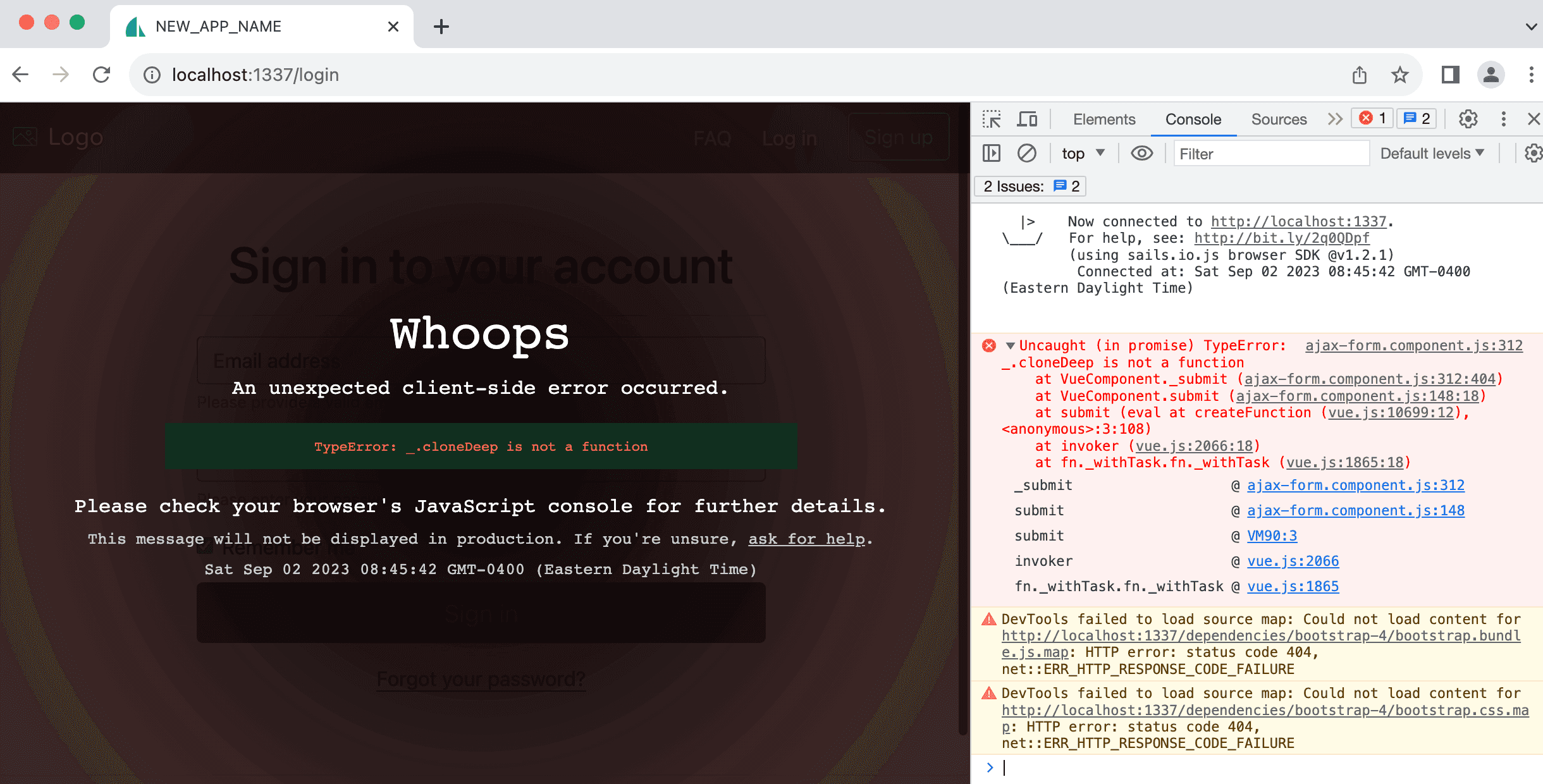Why Selenium is no longer viable for modern testing in 2025
Discover why Selenium falls short for modern end-to-end testing and explore Bugninja's AI-powered solution for QA teams.

Discover why Selenium falls short for modern end-to-end testing and explore Bugninja's AI-powered solution for QA teams.

Selenium revolutionized automated testing in the early 2010s. It provided engineers and QA professionals a way to automate browser-based interactions, enabling faster testing cycles. However, as of 2025, Selenium has failed to keep pace with the demands of modern software development.
QA teams in 2025 operate in environments characterized by rapid development cycles, frequent UI updates, and dynamic interfaces. Tools that fail to adapt quickly can become bottlenecks rather than enablers. Selenium, while groundbreaking in 2012, cannot meet these requirements.
Selenium's fragility stems from its reliance on static locators and lack of adaptability. Below are common issues QA teams face:
For example, a QA team testing an e-commerce site might find that a slight redesign of the checkout page breaks dozens of tests. Fixing these would require hours of manual locator updates and script adjustments, diverting resources from actual quality assurance.
Bugninja’s AI-powered testing platform offers a practical alternative to Selenium, addressing its limitations with cutting-edge features designed for modern QA workflows.
By adopting Bugninja, QA teams can:
As QA Manager Sarah Thompson notes, "Bugninja saved our team over 50 hours per month on test maintenance. We now spend that time optimizing user experience and catching critical bugs earlier."
| Feature | Selenium (Legacy) | Bugninja (2025 Ready) |
|---|---|---|
| Self-Healing Tests | ❌ Manual locator updates | ✅ Automatic AI-driven healing |
| Test Maintenance | ❌ High effort | ✅ Near-zero maintenance |
| Data Input Support | ❌ Code-driven only | ✅ Word, PDF, Excel, Gherkin |
| Test Playback | ❌ None | ✅ Visual playback & debugging |
| CI/CD Integration | ⚠️ Requires setup | ✅ Native & seamless |
| Scheduled Runs | ❌ External cron required | ✅ Built-in |
| Support | ❌ Community only | ✅ Priority email & chat |
| Scalability | ⚠️ Script-intensive | ✅ Scales with AI assistance |
| Unlimited Executions | ❌ Limited without infra | ✅ Unlimited runs included |
Selenium’s decline is a natural consequence of its inability to adapt to modern testing requirements. QA teams looking to streamline workflows, reduce maintenance, and scale efficiently need tools that evolve with technology. Bugninja’s AI-powered features make it the ideal solution for end-to-end testing in 2025 and beyond.

CFO @ Bugninja
Full-stack AI founder with expertise in sales, fundraising, GTM strategy, and team building. Strong grasp of private equity and mineral markets. Focused on execution, scaling, and shipping.
Read more